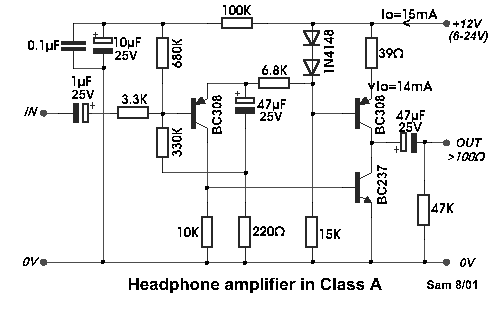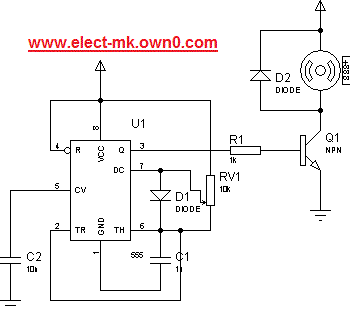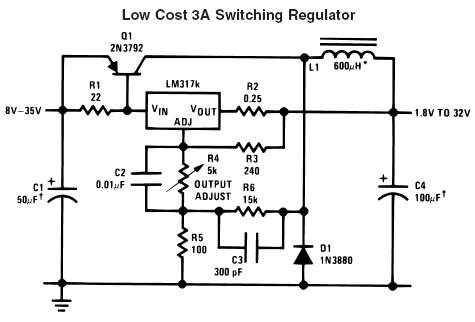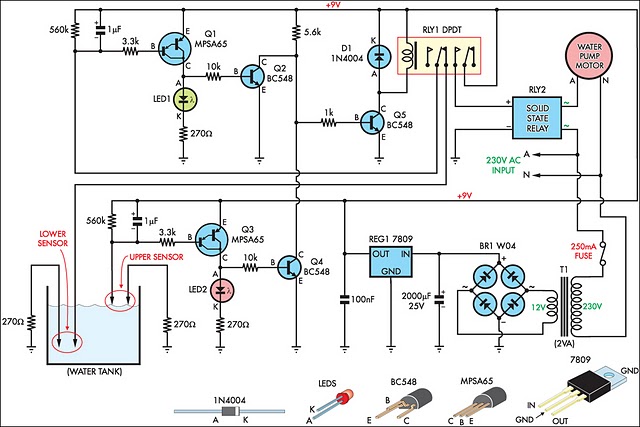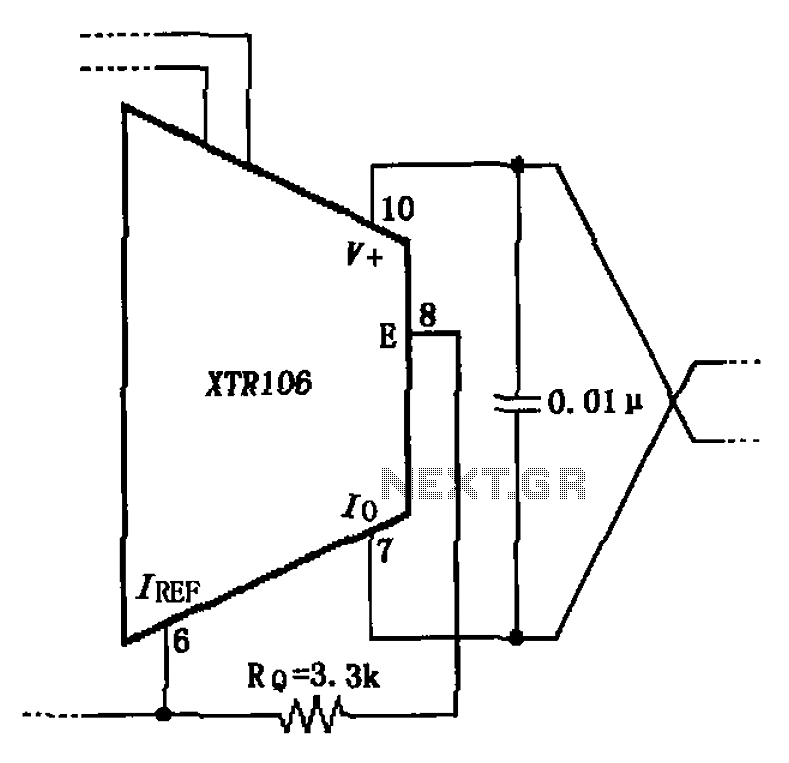
200W Transistor Audio Amplifier Circuit
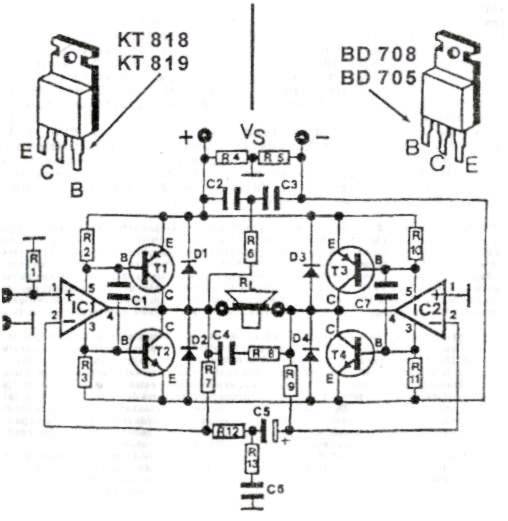
This audio amplifier circuit provides up to 200 W of high-quality output for loudspeakers with impedances ranging from 4 to 16 ohms. The operating voltage is between 24 and 36 V, with a maximum current of 5 A.
The audio amplifier circuit is designed to deliver robust power output while maintaining high fidelity, making it suitable for a variety of audio applications. The amplifier's power output of 200 W allows it to drive loudspeakers effectively, ensuring clear and dynamic sound reproduction. The impedance range of 4 to 16 ohms provides flexibility in speaker selection, accommodating a wide range of loudspeaker configurations.
The circuit operates within a voltage range of 24 to 36 V, which is essential for achieving the desired power output without distortion. A maximum current rating of 5 A ensures that the amplifier can handle the load presented by the connected loudspeakers without overheating or failing.
The design of the amplifier typically includes components such as transistors or integrated circuits that are capable of handling high power levels. Additionally, proper heat dissipation mechanisms, such as heat sinks or fans, may be incorporated to maintain optimal operating temperatures during extended use.
Input and output connections are designed to minimize signal loss, and filtering components may be used to eliminate unwanted noise and enhance audio quality. Overall, this audio amplifier circuit is well-suited for high-performance audio systems, providing the necessary power and quality for an immersive listening experience.This audio amplifier circuit delivers up to 200 W of top-class quality for loudspeaker from 4 to 16 ohm. Operating voltage is between 24 and 36 V, max 5 A 🔗 External reference
The audio amplifier circuit is designed to deliver robust power output while maintaining high fidelity, making it suitable for a variety of audio applications. The amplifier's power output of 200 W allows it to drive loudspeakers effectively, ensuring clear and dynamic sound reproduction. The impedance range of 4 to 16 ohms provides flexibility in speaker selection, accommodating a wide range of loudspeaker configurations.
The circuit operates within a voltage range of 24 to 36 V, which is essential for achieving the desired power output without distortion. A maximum current rating of 5 A ensures that the amplifier can handle the load presented by the connected loudspeakers without overheating or failing.
The design of the amplifier typically includes components such as transistors or integrated circuits that are capable of handling high power levels. Additionally, proper heat dissipation mechanisms, such as heat sinks or fans, may be incorporated to maintain optimal operating temperatures during extended use.
Input and output connections are designed to minimize signal loss, and filtering components may be used to eliminate unwanted noise and enhance audio quality. Overall, this audio amplifier circuit is well-suited for high-performance audio systems, providing the necessary power and quality for an immersive listening experience.This audio amplifier circuit delivers up to 200 W of top-class quality for loudspeaker from 4 to 16 ohm. Operating voltage is between 24 and 36 V, max 5 A 🔗 External reference
